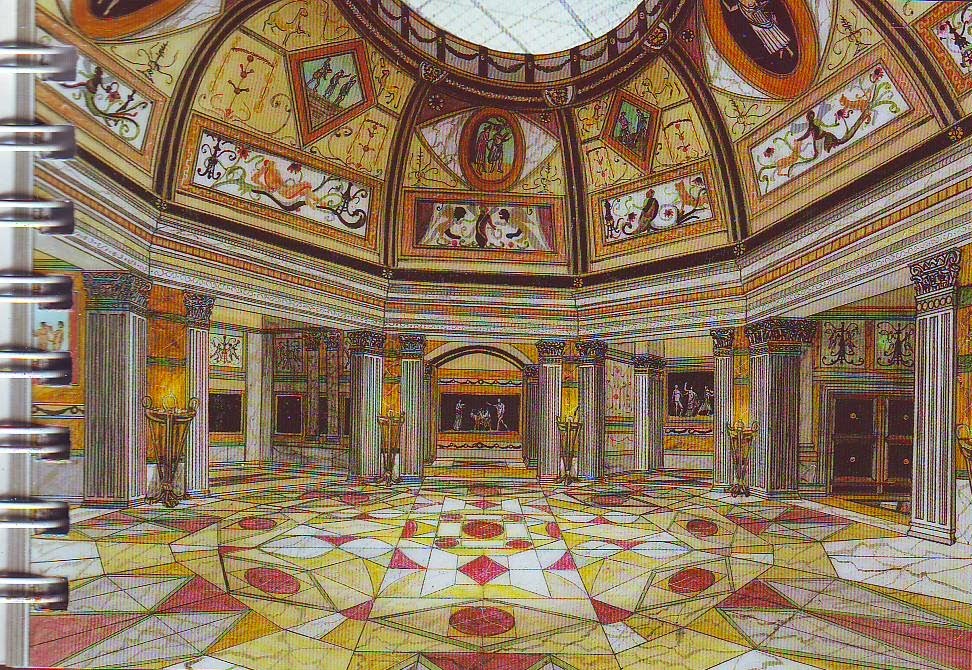

However nothing could be further from the truth - his own Domus Transitoria was badly damaged and historical sources tell us that the emperor returned quickly from Anzio to Rome - about 70 km away - to coordinate relief efforts. According to legend, Nero enjoyed the spectacle of Rome in flames, which reminded him of the destruction of Troy. The damage was extensive, and many perished. Nero undertook the creation of The Domus Aurea after the terrible fire of July 64 AD, which blazed for nine days and destroyed as many as 10 of the 14 districts into which the city was divided.

If you want to learn more about this magnificent statue and see it for yourself, check out our Immersive Vatican Museums tour. Probably among these were the original bronze of the Dying Gaul and the Galatian Suicide, taken from the Acropolis of Pergamon, and the famous statue of the Laocoon, which was found during the Renaissance and today can be found in the Octagonal courtyard of the Vatican Museums. The Golden House itself is a wonder in terms of architectural elegance and was filled with prized paintings and sculptures, many of which were collected or confiscated by the emperor in various provinces of the Roman empire. There he could stroll and feast with guests whilst enjoying beautiful works of art.
#Domus aurea reconstruction free#
The huge complex of the Domus Aurea was designed for the emperor’s enjoyment in his free time. The pavilions on the Oppian Hill alone consisted of 200 rooms, many of them rediscovered by archaeologists, and which you will explore on our visit to Rome's most exclusive site. In the main courtyard of the Domus stood a colossal statue, representing Nero as the Sun God. The buildings were surrounded by cultivated land, vineyards, pastures and forests filled with all manner of domestic and wild animals. Much more than a house (domus in Latin), it was a city within a city that unfolded around a vast artificial lake, the Stagnus Neronis (where the Colosseum would later be built). Nero's main residence was on the Palatine, and from there an incredible number of buildings branched off which are still connected today via giant underground arcades (such as Nero’s Cryptoporticus, still accessible today and part of his Domus Transitoria on the Palatine Hill, which was destroyed by fire in 64 AD). The Domus Aurea was an enormous complex of buildings, courtyards and gardens that extended from the Palatine Hill to the Esquiline Hill in Rome, covering the whole of the Oppian Hill - that’s an area of over 90 hectares! The Fascinating History of Nero's Golden House We only offer this tour of Nero’s Golden House on Friday, Saturday and Sunday. We offer two special experiences on this tour: an incredible exploration of the colossal spaces of Emperor Nero’s villa, the famous Domus Aurea (Golden House), recently reopened to the public in a remarkable state of conservation, that gives you the chance to relive the splendour of the palace's rooms, gardens and incredible porticos. Your tour begins immediately after a brief introduction to the site's historical context provided by our archaeologist. Don your hard hat and you are ready to start your journey! Tour Description Discover Ancient Rome's Best Kept Secret


 0 kommentar(er)
0 kommentar(er)
